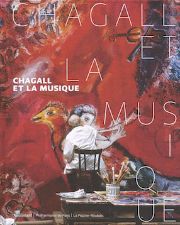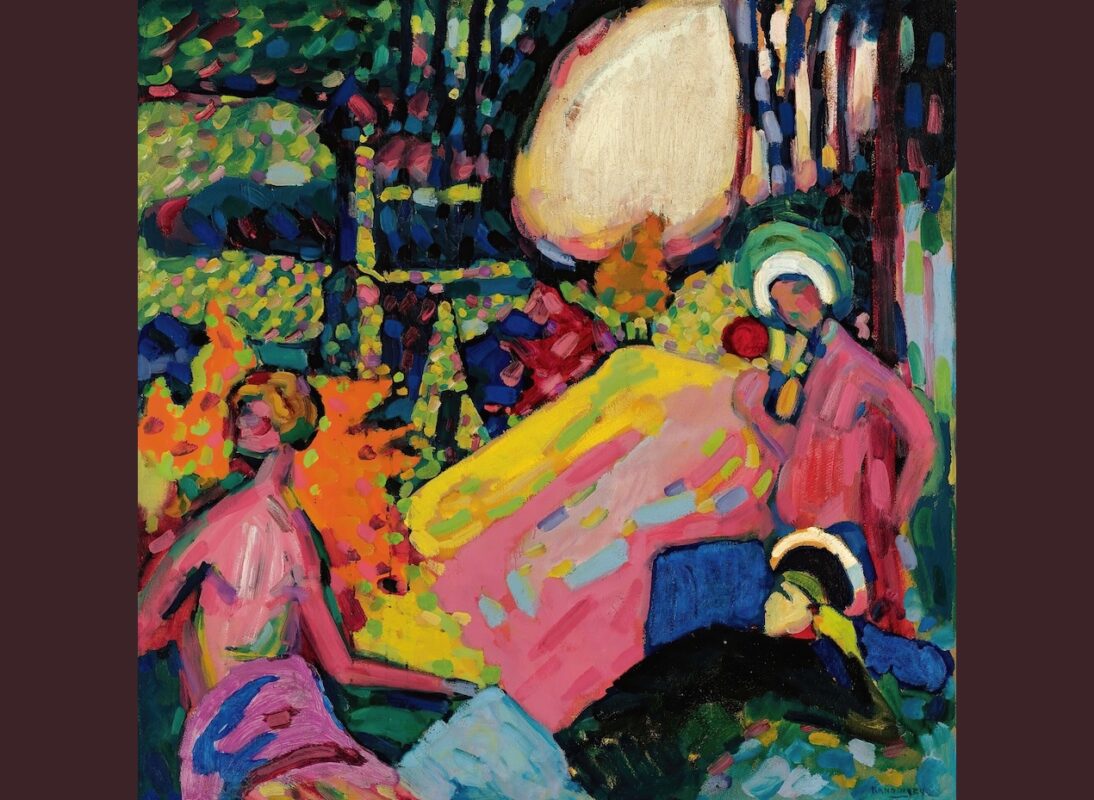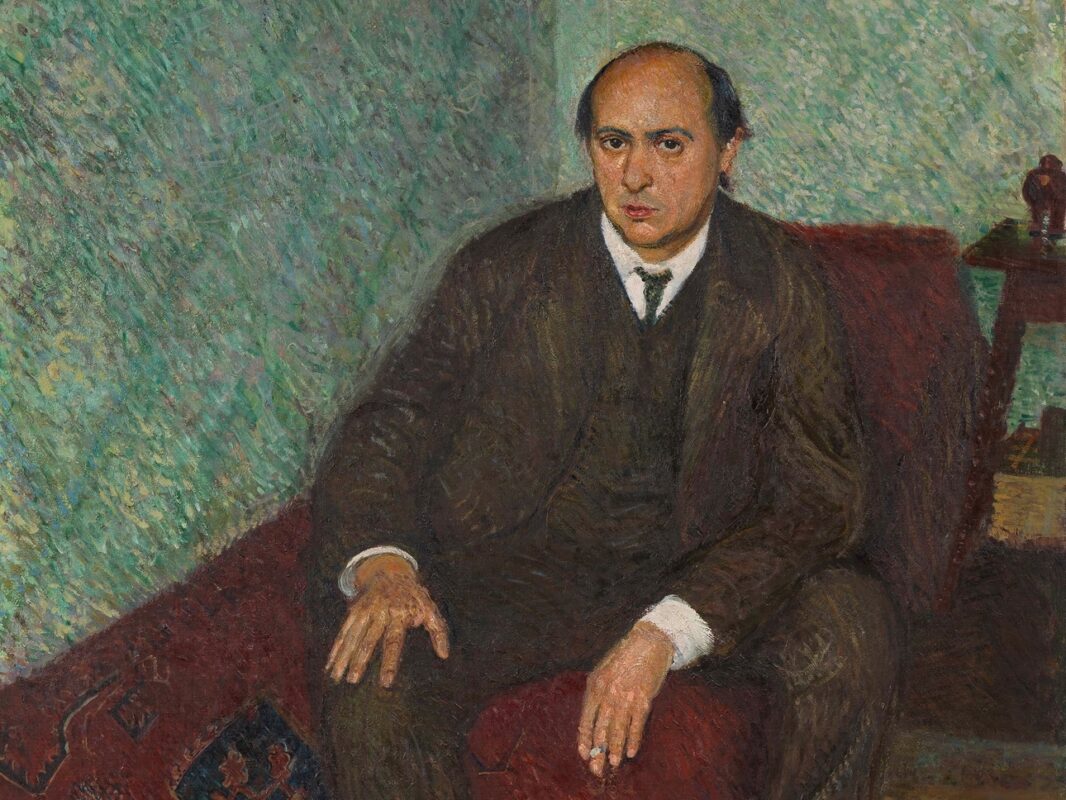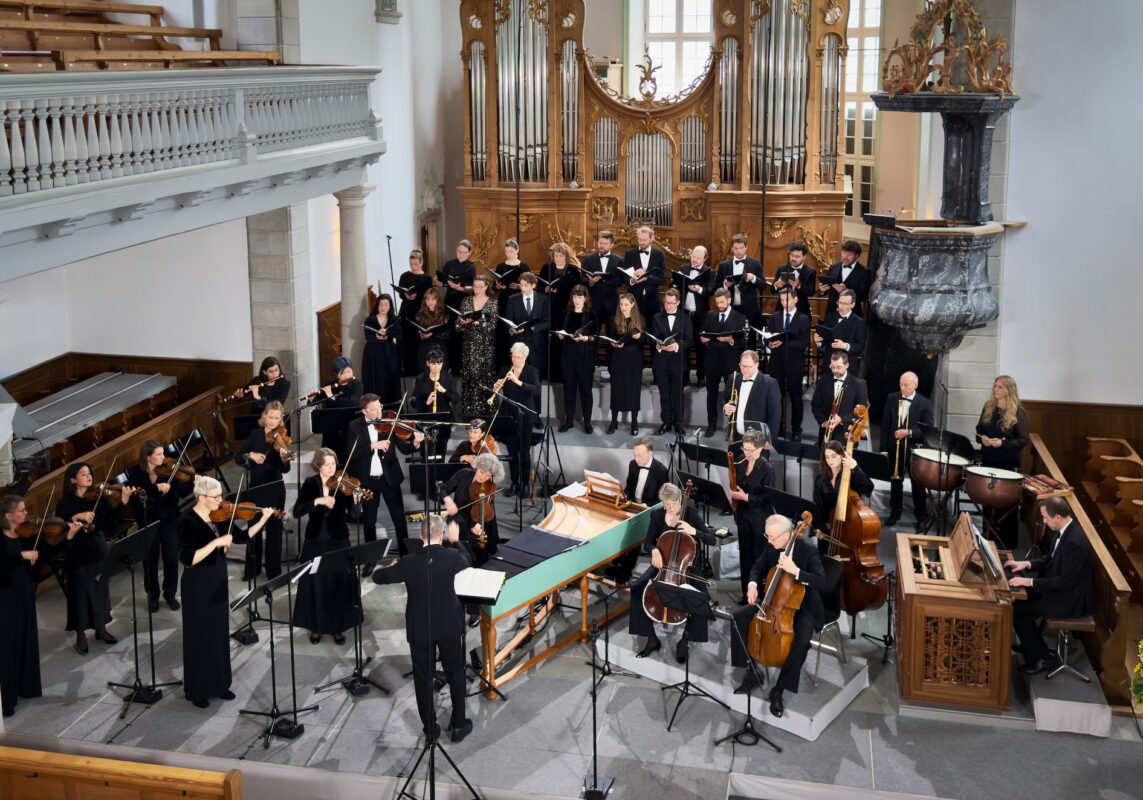Chagall at the source of music
A major painter of the 20th century and the author of a jubilant, multi-faceted body of work, Chagall was as much influenced by his Jewish origins as by music, which was omnipresent in his life.
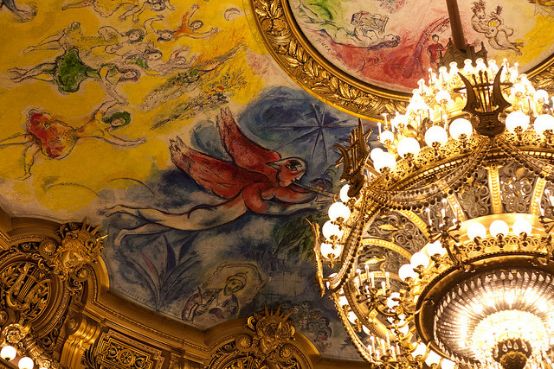
This generously illustrated book (in addition to photographic documentation, there are almost 500 works reproduced: paintings, drawings, sketches, models and projects, as well as stained glass, sculptures, pottery, puppets, costumes and masks) reflects the double exhibition, held two years ago at the Cité de la Musique in Paris and the Musée d'art et d'industrie in Roubaix, devoted to the relationship between the Franco-Russian painter Marc Chagall and music. Indeed, music appears to run like a red thread through his life and work, from his childhood in a shtetl near Vitebsk, where he sang in synagogue in the hope of becoming a musician (he produced his first drawing at the time: a copy of a portrait of the composer Anton Rubinstein), to the creation of his museum in Nice, for which he had expressly wished to include an auditorium. Among the almost forty texts contained in this collective work is one by pianist Mikhaïl Rudy, the exhibition's musical director, tracing Chagall's intimate links with music, as well as the common traits between the painter and his favorite composer, Mozart, whose works he liked to listen to while painting. He was also very interested in the composers of his time: Stravinsky, of course, but also Prokofiev, Schönberg (whose work he witnessed at the ceremony of his conversion to Judaism), Berg, Webern and Messiaen, and he formed many friendships with musicians. Other chapters deal with his relationship with the stage, in particular the sets and costumes he created for ballets and operas, the ceiling of the Paris Opera, a vast 220 m2 swirling fresco, or the two monumental panels created for the foyer of New York's Metropolitan Opera. There are also studies on rhythm in his graphic work, on the influence of Yiddish culture and its music, on the sonorous, almost synesthetic approach to matter of the man who said he had to "make drawing sing through color ... like Debussy", and on the notion of modernity and total art in his work. Throughout the book, we'll come across a number of archetypes from Chagall's paintings, including the fiddler, sometimes perched on the roof of a house, angels and musical animals, and the schofar, and we'll be able to appreciate the similarities between musical thought and the structured construction of Chagall's paintings, where movement and suspension alternate.
Chagall et la musique, collective work, 360 p., 539 ill., € 45.00, hardback, Coédition Gallimard - Philharmonie de Paris/Cité de la musique, 2015, ISBN 9782070149858






